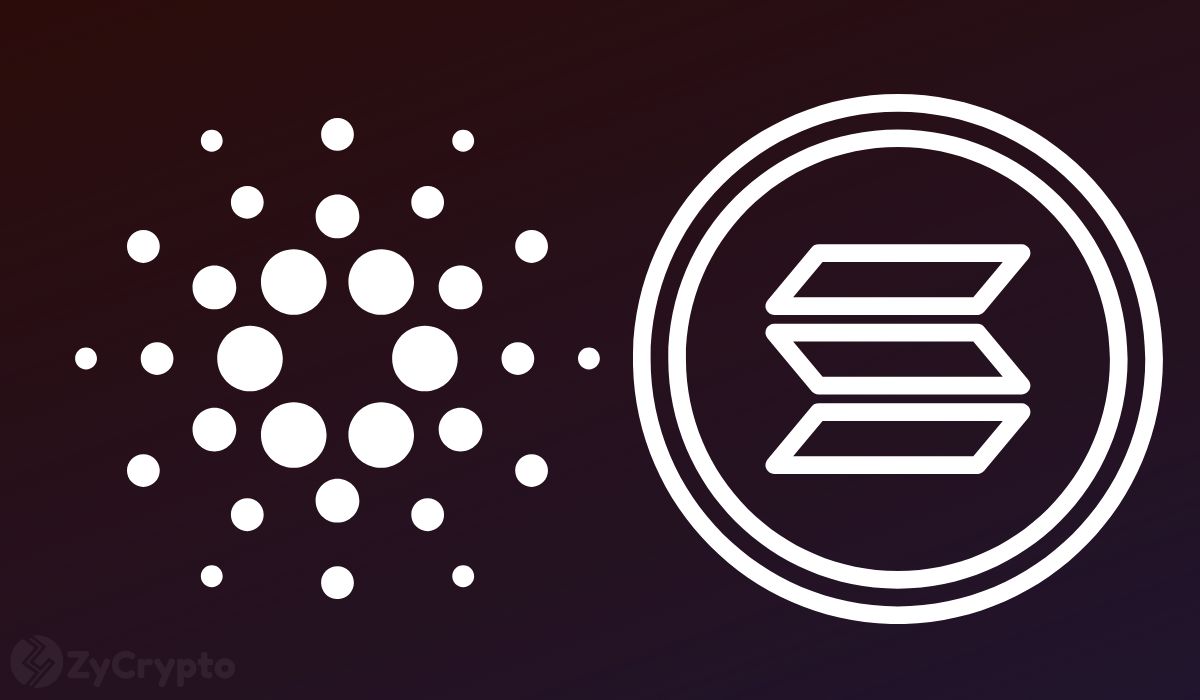Stability in an Unstable World
Last week we announced our partnership with COTI which will provide one of the stablecoins for Paribus, namely the Cardano-based stablecoin DJED.


Last week we announced our partnership with COTI which will provide one of the stablecoins for Paribus, namely the Cardano-based stablecoin DJED. Due to the recent security issues highlighted by the Wormhole exploit which affected the Solana network COTI has extended their pre-launch development time to make doubly certain DJED is as robust as possible.
This means that although DJED won’t be available on the initial release of our MVP it will be added as soon as it becomes available. In the meantime, we’ll also have USDT and USDC stablecoins available. As such, we thought it a good opportunity to explore what a stablecoin is and how they will work with Paribus.
For those new to the space, the idea of a stablecoin may seem unusual as most are initially attracted to crypto to increase their funds rather than keeping them stable. Why buy a cryptocurrency for $1 that remains valued at $1 all the time? The reason is because of the volatility of the markets which can go down just as rapidly as they can go up.
When considering mainstream adoption a lot of focus tends to be on issues such as transactions per second, network congestion, regulations, KYC, and anti-money laundering. However, the real issue at the heart of mainstream adoption is the integration of crypto as a method of payment, and market volatility is the main hurdle to accomplishing this. For instance how many shops would be happy to accept Bitcoin for payments in the morning that could be worth 10% less by the time they close their doors?

In order for cryptocurrencies to be accepted by the general public, they need to overcome the volatility issue and this is precisely the function of stablecoins. In the case of DJED, USDT, and USDC they are all pegged to the US dollar, so one dollar of a stablecoin is worth one US dollar both in the morning and at the close of the day.
The difference between DJED and the other aforementioned coins is that DJED is algorithmically controlled meaning that it’s a decentralized stablecoin, whereas USDT and USDC require a centralized organization to ensure they continually have the resources to back each dollar of their stablecoin with US dollars. The more something can be decentralized the better because it relies less heavily upon trusting individuals and organizations to be honest and play fair.
For our MVP, users will be able to take out loans in stablecoins which means that their repayments won’t be subject to volatility and will be easier to plan. It also means that whilst the collateral may be increasing exponentially in value, the loan won’t, which is the beauty of borrowing and lending on the blockchain.
If you think of how many times you’ve cashed in an NFT or token only to see the price go up afterward you’ll understand why holding onto your digital assets is the best practice in the long term. Sure, it’s not fun when the price goes the other way as we’re seeing in the markets now, but the smart money in the space is bullish long term. Rather than letting go of your assets, it makes more sense to collateralize them into stable coins which can then be invested into new assets.
As Deniz our CEO explains, “Borrowing and lending systems can be thought of as simply another tool to help utilize current crypto assets to their fullest potential. Many investors’ trading strategies involve continually accumulating cryptocurrency. Acquiring a loan can give a trader additional capital to further invest while keeping current funds untouched. Also, lending funds to a protocol can earn interest that allows your assets to work for you.”
Another use case for stablecoins is the resistance they provide against cash grabs by governmental overreach. Until recently many people thought this benefit would mostly be of use to people in developing nations with hyperinflation and dictatorial regimes. Now it’s become evident this is a global issue for all of humanity.

Just recently the Canadian government expanded the reach of its legislative powers to target its own citizens engaged in peaceful but disruptive protests in Ottawa. Declaring them to be a threat to the country, Deputy Prime Minister Chrystia Freeland announced that banks had already started freezing some of the protesters’ accounts and that cryptocurrency exchanges had also been requested to freeze their wallets.
There are signs this is leading to the start of a bank run in Canada with people rushing to take their money out before it can be frozen and also removing crypto from exchanges into self custody wallets. Being able to convert your physical money into a stable digital asset that is under your own control and can’t be frozen is the central tenet of the cryptocurrency project in general.
Although this fundamental human right has been espoused as the main need for cryptocurrency it’s only now that the world seems to be waking up to how little control they have over their own money under the legacy banking systems. This latest move by the Canadian government is thought to be rapidly accelerating the adoption of cryptocurrency by demonstrating its key use case, financial sovereignty.
As the weeks go by we’re seeing more of a need to decentralize the systems we rely upon in our societies and the benefits of blockchain technology to help do so. At Paribus we’re excited to be in the right place, at the right time, to help bring decentralized finance to everyone, everywhere, and we’re glad you’re with us on this incredible journey.
Join Paribus-
Delegate Your Voting Power to FEED DRep in Cardano Governance.
DRep ID: drep12ukt4ctzmtf6l5rj76cddgf3dvuy0lfz7uky08jfvgr9ugaapz4 | We are driven to register as a DRep by our deep dedication to the Cardano ecosystem and our aspiration to take an active role in its development, ensuring that its progress stays true to the principles of decentralization, security, and community empowerment.DELEGATE VOTING POWER!







